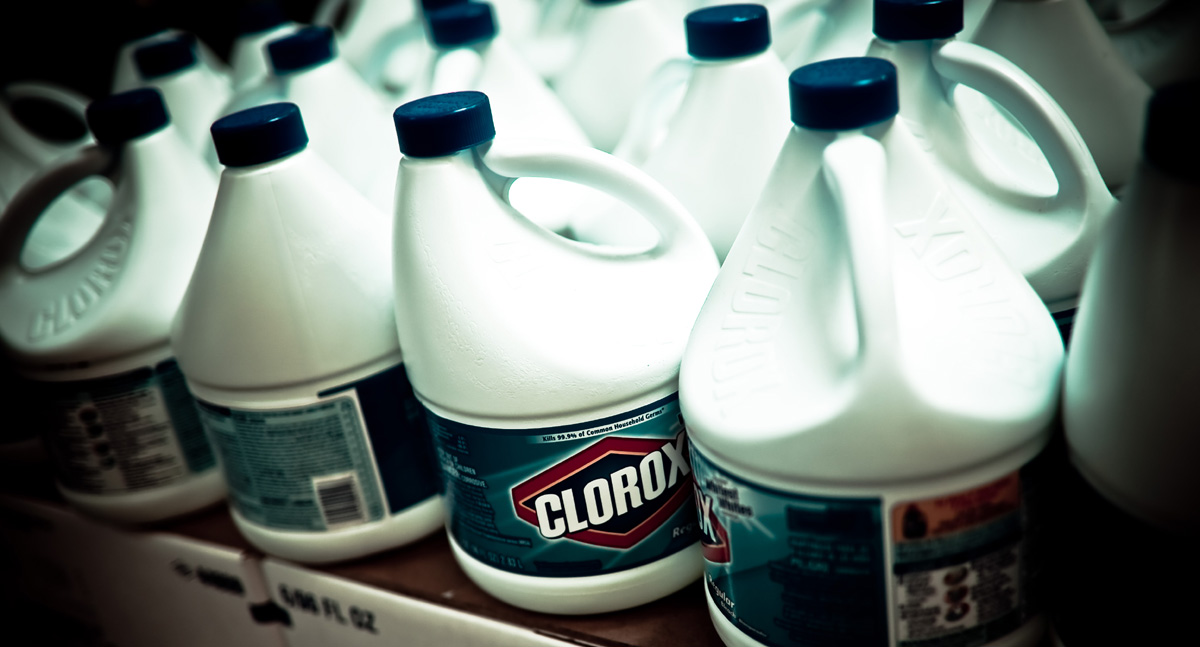The findings of a new study published online in Occupational & Environmental Medicine go on to suggest that passive exposure to bleach at home puts kids at greater risk of childhood respiratory and other infections like flu, tonsillitis, etc. It is now being suggested that while a small quantity of the widely used cleaning agent […]
The findings of a new study published online in Occupational & Environmental Medicine go on to suggest that passive exposure to bleach at home puts kids at greater risk of childhood respiratory and other infections like flu, tonsillitis, etc. It is now being suggested that while a small quantity of the widely used cleaning agent could help kill umpteen germs, it could also expose children living in homes or going to schools where bleaching agents are used to a higher risk of infection as compared to their counterparts who were not exposed to the deadly chemical.
Bleach is a widely used cleaning agent in most American homes. Though a clear cause and effect relation has not been established, the findings published online on April 2 are sure to lead to further research into the health effects of the cleaning agent.
“The high frequency of use of disinfecting cleaning products — caused by erroneous belief, reinforced by advertising, that our homes should be free of microbes — makes the modest effects reported in our study of public health concern,” the researchers wrote in the study.
As a part of their research, the team looking into it surveyed parents of more than 9,100 children ages 6 to 12 living in the Netherlands, Finland and Spain. Their parents were asked about the frequency of their children getting infections, including sinusitis, tonsillitis, flu, otitis, pneumonia and bronchitis during the previous year. They were also asked whether they had mold at home and whether they used bleach for cleaning at least once a week, elaborated the research team.
Use of bleach was seen to most widespread in Spain with 72% of the respondents using it and all their schools also deploying it to kill germs.
The use was found to be least prevalent in Finland, where only 7% of the respondents said they used it. None of their schools used it either.
Based on their findings, scientists have suggested the existence of a correlation between the usage of bleach as a cleaning agent and the number and frequency of infections among children whose parents use it and where it is used in schools.
The American Cleaning Institute (ACI) however is not convinced about the veracity of the results.
The body which represents makers of bleach and products containing bleach, took issue with the study.
“Since there was no data presented on the children’s actual exposure to bleach — nor any diagnoses of actual diseases — the authors are merely speculating,” they said in a statement.


Leave a Reply